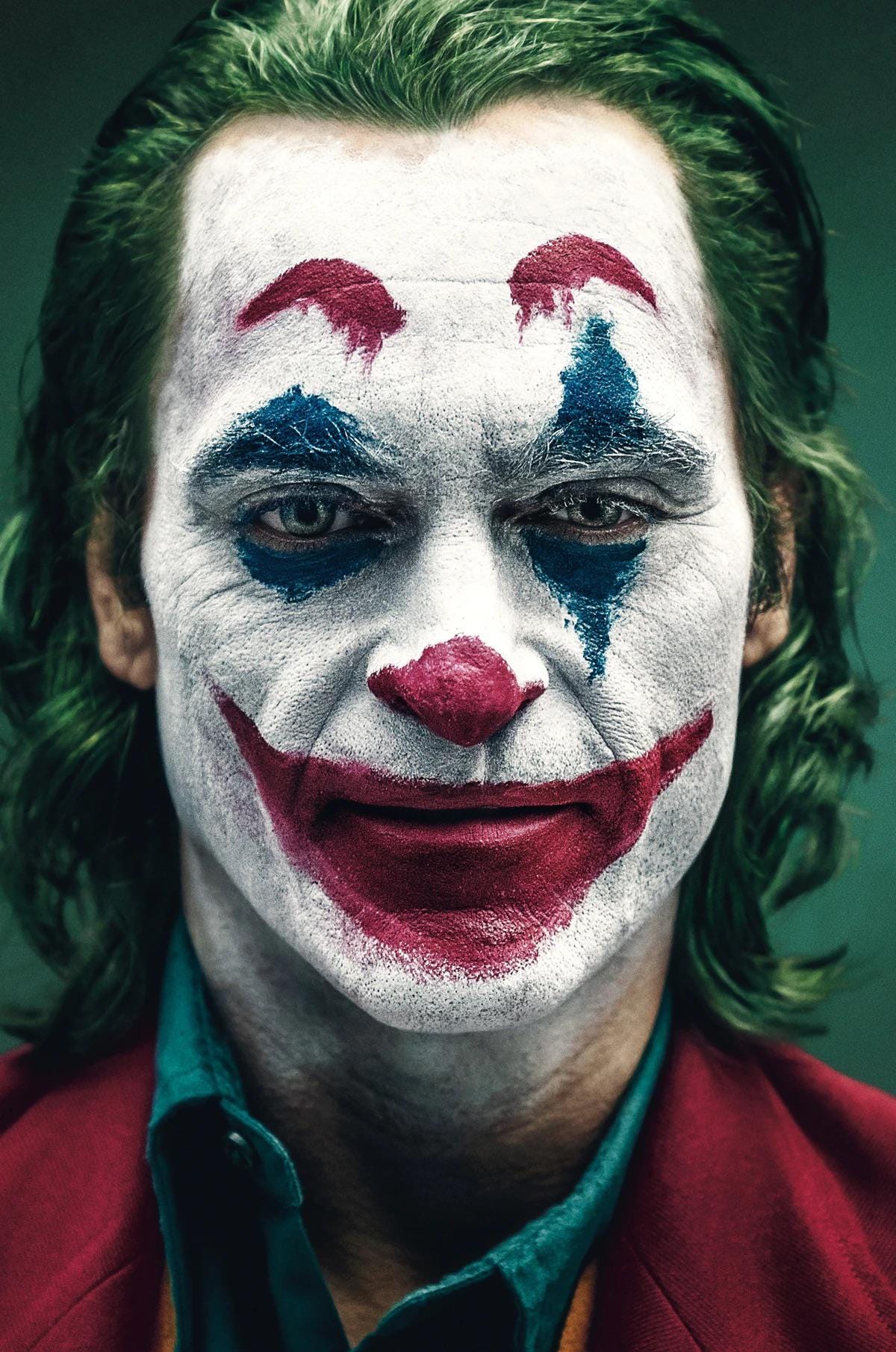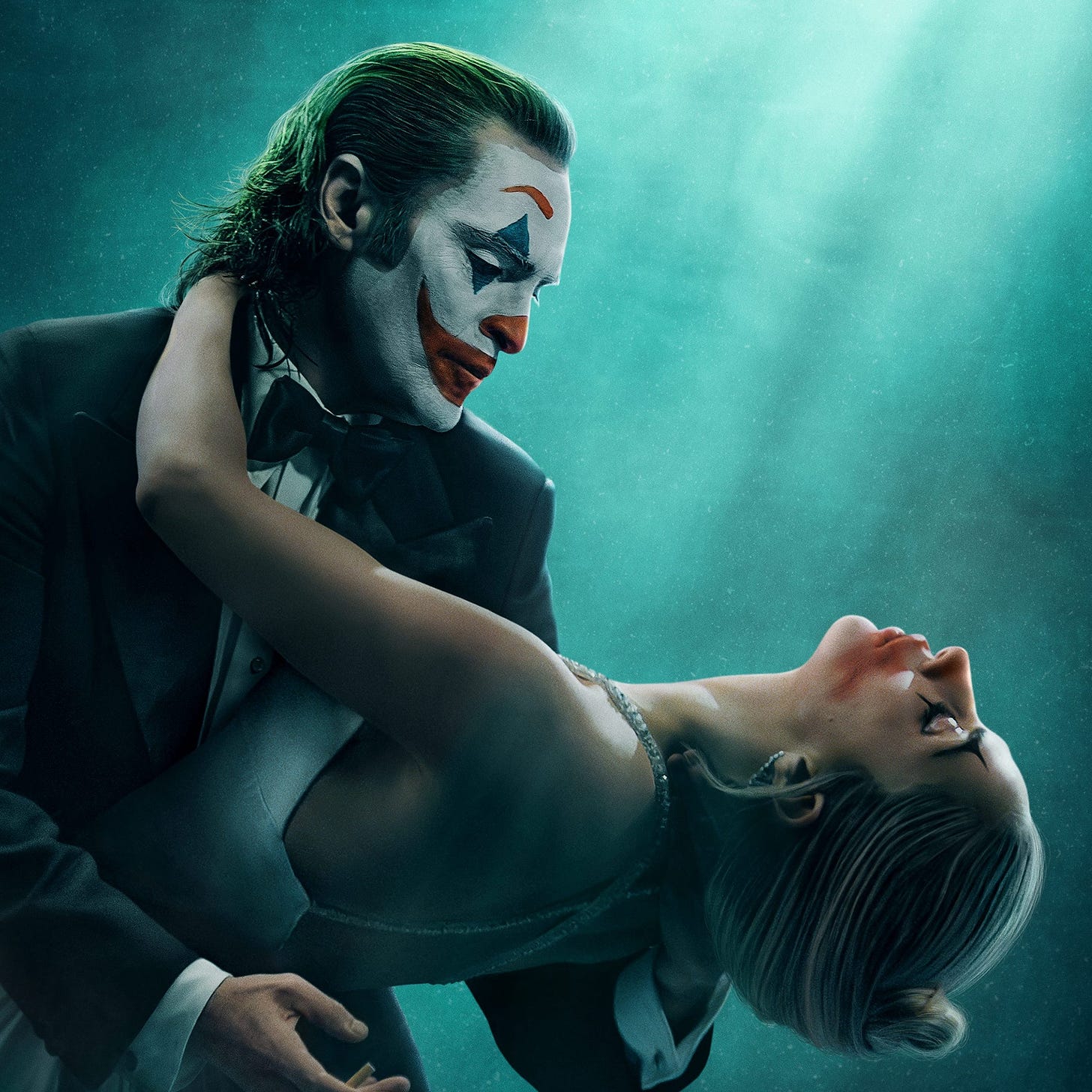After sifting through a seemingly endless stream of reviews for Joker: Folie à Deux, I was struck by the general tone of disdain and confusion that critics seemed to have. The complaints were unusually pointed, with many condemning its unconventional structure, deriding its dark musical interludes, and accusing it of failing to live up to the original’s impact. Intrigued by this mixture of skepticism and outright dismissal, I went in to judge for myself, fully prepared to be either disappointed or pleasantly surprised. As the film unfolded, it became clear to me that Folie à Deux is more than a follow-up to Joker; it’s a hauntingly ambitious reimagining that deserves a more nuanced appreciation than it’s received.
What makes Folie à Deux so distinct—and perhaps challenging—is its unflinching commitment to blurring genres. Todd Phillips doesn’t just rely on the psychological thriller elements that defined the first film; he dives into a disturbing musical exploration of Arthur Fleck’s psyche. In so doing, he risks alienating an audience accustomed to the formulaic narrative beats of comic-book cinema. Yet this very risk is what elevates the film, allowing Joaquin Phoenix’s Arthur to express his fractured state through unsettlingly beautiful musical sequences. These moments aren’t mere spectacle; they offer a visceral insight into Arthur’s reality, transforming his mania into something both haunting and poetic. It’s as if we are being invited into the disjointed rhythms of his mind, a narrative technique as daring as it is divisive.
Phoenix’s performance in Folie à Deux is nothing short of masterful, displaying his character’s descent with subtle shifts between charisma and collapse. His portrayal captures the nuances of mental decay with a physicality and presence that feel both organic and deeply disturbing. Unlike the first film, where Arthur’s motivations were anchored in societal rejection, here we see a Joker who is grappling more with his own inner chaos, and Phoenix’s ability to embody this unfiltered madness is nothing less than magnetic. Lady Gaga’s Harley Quinn provides an equally potent foil. Her take on the character veers away from the whimsical villain archetype, offering instead a raw, unpolished portrait of a woman whose love is as fractured as her sense of self. Her chemistry with Phoenix electrifies the screen, a relationship portrayed with an intensity and depth that evokes tragedy more than romance.
Much of the criticism surrounding Folie à Deux seems to miss the significance of its visual and thematic choices. The Gotham we see here is not the gritty cityscape of other adaptations but a shadowed, surreal version—almost an extension of Arthur’s mind itself. The cinematography is rich with symbolism, drenched in moody lighting and claustrophobic framing that captures the film’s themes of confinement and distortion. Each shot serves to heighten the sense that we are traversing a fever dream, one where reality and delusion blur indistinguishably. This isn’t the Gotham we know; it’s the Gotham as Arthur sees it, a bold decision that redefines the aesthetic expectations of comic-book settings.
As much as Folie à Deux defies traditional storytelling, it also redefines what audiences should expect from character-driven films. This is not a film that aims to please or entertain in the conventional sense. Instead, it challenges viewers to sit with discomfort, to confront the unease that the Joker represents not only within Gotham but within ourselves. It is, in a sense, an anti-sequel—one that builds on its predecessor’s themes but takes them in a direction that is both artistically audacious and deliberately unsettling.
Joker: Folie à Deux may not be to everyone’s taste, but it’s a film that forces us to re-evaluate the conventions of sequels and the superhero genre itself. For those willing to meet it on its own terms, it’s a richly layered experience that resonates with a dark beauty and psychological depth rarely seen in mainstream cinema. Far from being a misstep, this film is a provocative and fearless exploration of the human psyche, driven by two performances that will linger long after the screen fades to black.





